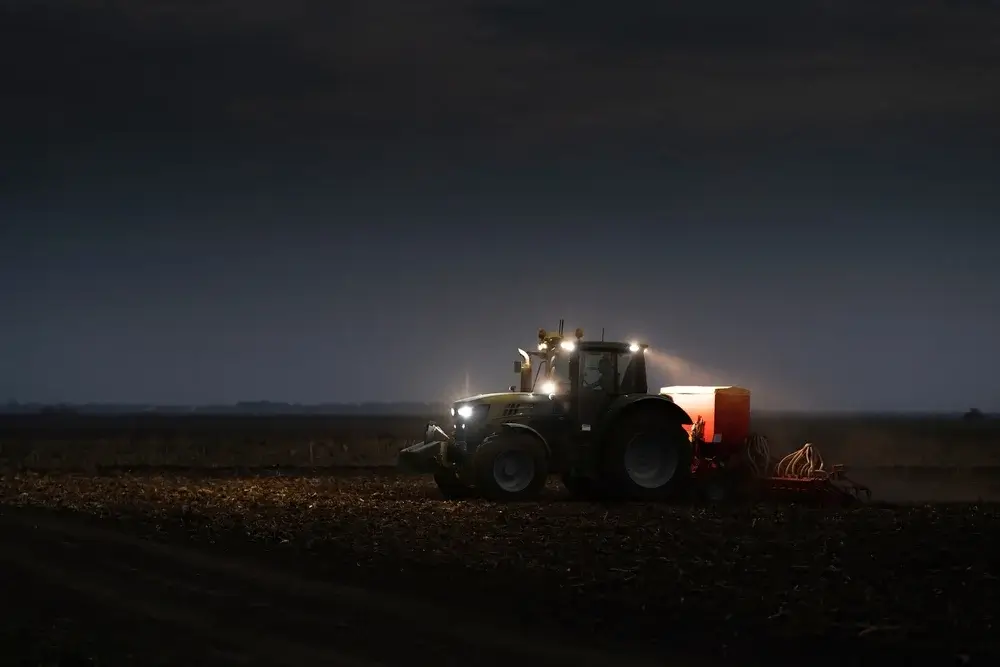Every morning, for years, Josana Pinto da Costa would enterprise out onto the waterways lining Óbidos, Brazil, in a small fishing boat. She would glide over the murky, churning currents of the Amazon River Basin, her flat nets bringing in writhing hauls as a result of the photo voltaic ascended into the cerulean skies above.
Scorching temperatures inside the Brazilian state of Pará have now made that routine unsafe. The heat has “been truly intense” this 12 months, said Pinto da Costa in Portuguese. It feels as if the “photo voltaic has gotten stronger,” quite a bit so that it’s led her to shift her working hours from daytime to the ineffective of night.
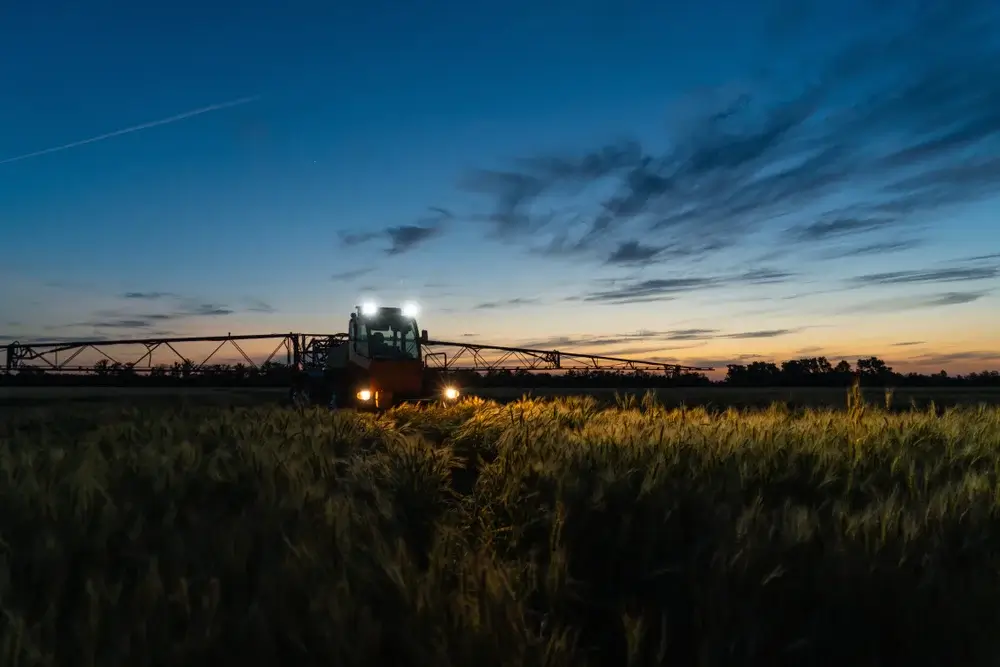

Abandoning the observe that outlined most of her days, she now items off to the river inside the pitch darkish to chase what fish are moreover awake sooner than dawn. It’s taken a toll on her catch, and her life. However it absolutely’s the one method she is going to have the ability to proceed her work inside the face of increasingly more dangerous temperatures.
“Numerous our fishing communities have shifted to fishing inside the nighttime,” said Pinto da Costa, who advocates nationally for fisherfolk communities like hers by the Movimento de Pescadores e Pescadoras Artesanais do Brasil, or the Movement of Artisanal Fishermen and Fisherwomen of Brazil.
LEARN MORE
How farmers are adapting to Phoenix’s rising temperatures to proceed to develop meals.
Shifting from daytime to in a single day work is usually provided as in all probability probably the most smart reply for agricultural laborers preventing rising temperatures on account of native climate change. Nevertheless it is no longer merely a proposal: This shift is already underway amongst a number of the communities that catch, develop, and harvest the world’s meals present, from Brazil to India to america. Analysis current the commonest strategy of adapting to rising temperatures in most crop-growing areas has been to start working when it’s nonetheless darkish out, and even to shift to a completely in a single day schedule.
“The obvious piece of advice that you just simply’ll see given is, ‘Work at night. Give workers head torches,’ and so forth,” said Zia Mehrabi, a meals security and native climate researcher on the School of Colorado, Boulder. “Nevertheless the reality is, which will end in completely different rights violations, completely different damaging impacts.”
That’s been the case for Pinto da Costa and her fishing group in Brazil. Nighttime work has been an extra hardship for a gaggle already preventing the impacts of native climate change. The realm has expert a very long time of maximum drought circumstances, inflicting fish to die off and bodily isolating of us as waterways dried up.


Evaluation reveals that repeatedly working in the midst of the night is bodily and mentally disruptive and should end in long-term nicely being issues. Nighttime fishing may be threatening social and communal routines among the many many fisherfolk. A daytime sleep schedule can curb top quality time spent with relations, along with limit when wares could also be purchased or traded in native markets.
It’s moreover impacting their functionality to help themselves and their households by a generations-old commerce. “We’ve actually been working further hours with a lot much less meals, with a lot much less manufacturing,” said Pinto da Costa, noting that working at night has made their work a lot much less setting pleasant and led them to go looking out a lot much less fish. “That’s all through all areas of Brazil,” she added.
The impression of a shift to nighttime hours is an understudied piece of the puzzle of how native climate change and rising temperatures threaten the world’s meals present and its workforce. Nevertheless for lots of specialists, and folks on the doorway traces, one issue is clear: In a single day work is method from a straightforward reply.
“It’s a very scary time for us,” said Pinto da Costa.
Outdoor workers, with their typical midday hours and restricted entry to shade, face quite a few probably the most perilous nicely being risks throughout instances of utmost heat. A forthcoming analysis — previewed utterly by Grist — found that, on frequent, the time period thought-about unsafe to work outside all through a typical 9-to-5 workday will enhance 8 p.c by 2050, assuming greenhouse gasoline emissions carry on their current trajectory.
Led by Naia Ormaza Zulueta, a Ph.D. scholar on the School of Colorado, Boulder, and Mehrabi, the analysis measures the number of extreme heat days by geographic space, after which breaks down day by day and hourly temperatures by the estimated amount of inhabitants uncovered. The evaluation reveals that an estimated 21 p.c of the worldwide inhabitants already faces dangerous ranges of heat stress all through typical workday hours for better than a third of the 12 months. By 2050, with out cuts to planet-warming greenhouse gasoline emissions (typically referred to as the “business-as-usual” scenario), that portion will soar to 39 p.c.
LEARN MORE
Opinion: As the heat rises, we should always do increased at defending agricultural workers.
“The number of days that folk will experience a violation of their rights to a safe native climate goes to significantly enhance, nonetheless then moreover the number of potential working hours in a season, and productiveness, goes to be significantly decreased,” said Mehrabi. “It’s an unlimited lose-lose state of affairs.”
Their analysis finds that outside agricultural workers will encounter crucial health-related risks, with laborers in some areas being hit extra sturdy than others.
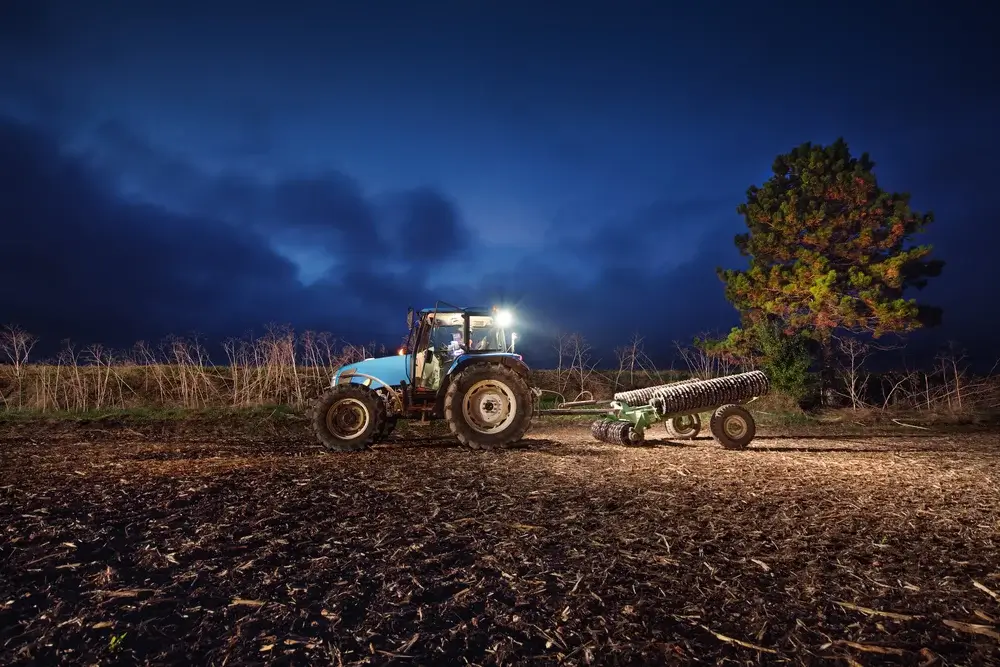

India, notably, is projected to be certainly one of many countries whose workforce shall be most uncovered to heat stress beneath the business-as-usual native climate scenario. There are roughly 260 million agricultural workers in India. By 2050, 94 p.c of the nation’s inhabitants would possibly face better than 100 days in a 12 months when as a minimum one daytime working hour exceeds a wet-bulb temperature of 28 ranges Celsius, or 82.4 ranges Fahrenheit — a conservative threshold of what is thought-about safe for acclimatized workers experiencing cheap costs of labor. (Unacclimatized workers, or these unaccustomed to working in such environments, will face bigger ranges of heat hazard on the same temperature and amount of labor.)
In Brazil, one different of the world’s excessive agricultural suppliers, heat hazard simply is not as dire, nonetheless nonetheless poses a substantial hazard for outside workers, along with Pinto da Costa’s group of fisherfolk. By 2050, roughly 41 p.c of the nation’s inhabitants would possibly experience better than 100 days a 12 months when wet-bulb temperatures exceed the actually helpful threshold for as a minimum one hour a day, in accordance with the Boulder crew’s analysis.
Mary Jo Dudley, the director of Cornell School’s Farmworker Program and the chair of the U.S. Nationwide Advisory Council of Migrant Properly being, said that the analysis is vital for what it reveals regarding the human nicely being penalties of utmost heat, considerably as a result of it pertains to the world’s agricultural laborers. She’s seeing more and more outside agricultural workers inside the U.S. undertake in a single day schedules, which is barely together with to the burdens and inequities the broader workforce already suffers from. That’s poised to worsen. Zulueta and Mehrabi found that 35 p.c of the total U.S. inhabitants will experience better than 100 days of wet-bulb temperatures exceeding 28 ranges C, or 82.4 ranges F, for as a minimum one hour a day yearly by 2050.
“This transition to a nighttime schedule pushes an particularly vulnerable inhabitants into tougher work circumstances which have vital psychological and bodily nicely being impacts,” said Dudley.
Rebuking the human physique’s circadian rhythms — that 24-hour inside clock that regulates everytime you sleep and wake — ramps up a person’s hazard of nicely being issues, just like coronary heart issues and sorts of most cancers, and diminishes their physique’s functionality to cope with harm and stress. Working untraditional hours may cut back a person’s functionality to socialize or participate in cultural, communal actions, which are associated to optimistic impacts on thoughts and physique nicely being.
Women are considerably vulnerable to the social and monetary impacts of transitioning to nighttime schedules. No matter making up nearly 45 p.c of artisanal fishers in Brazil, women get hold of lower pay than their male counterparts. That means that when harvests decline with nighttime fishing, their margins are even smaller.
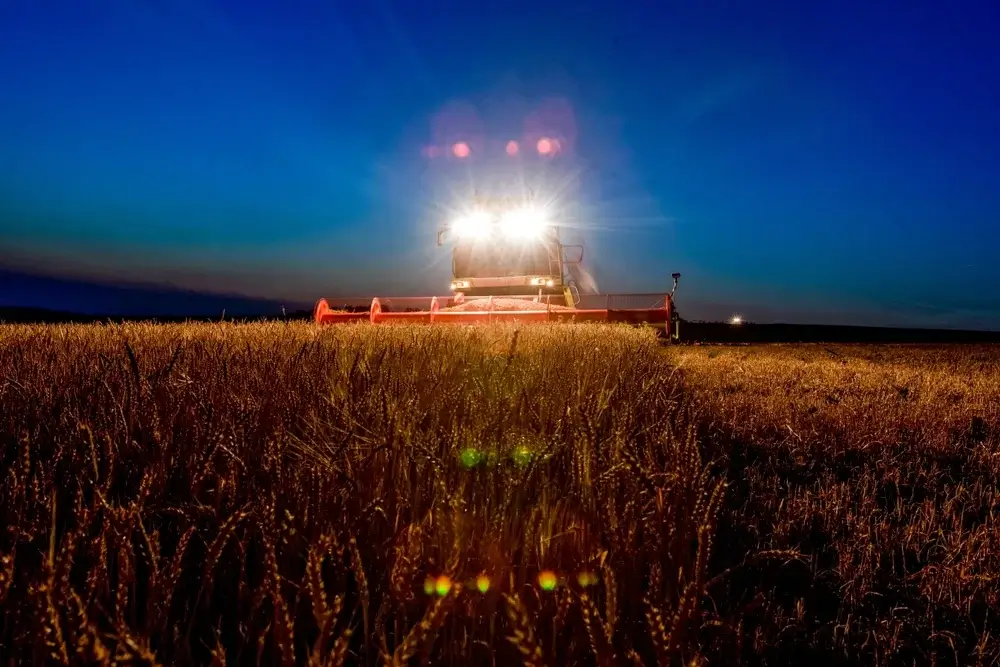

Inside the Brazilian state of Bahia, tens of lots of of ladies fishers work to assemble shellfish en masse, whereas in Maranhão, women fisherfolk herd shrimp to the shore using small nets. Clam harvesting in Brazil’s northeast may be dominated by women. On account of these jobs traditionally occurred in the midst of the day and close to home, they allowed women to steadiness cultural or gendered family roles, along with managing the household and being the caregiver to children. Shifting to nighttime hours to steer clear of extreme heat “poses a elementary downside,” said Mehrabi. “When you talk about altering working hours, you talk about disrupting households.”
In a single day work comes with completely different risks too. In a number of areas of Brazil, nighttime work is “each not doable” or “very refined” because of there are procedures and guidelines as to when fisherfolk in a number of areas can fish, said Pinto da Costa. Nighttime fishing is regulated in some elements of Brazil — measures which have been confirmed to disproportionately impression artisanal fishers.
Even so, says Pinto da Costa, many are braving the hazards “merely to cut back the amount of publicity to the photo voltaic.”
“Honestly, after I seen that this was accepted inside the literature, that folk had been giving this advice of adjusting their working shifts to the night, I was shocked,” said Zulueta, the creator of the Boulder analysis, citing a paper revealed earlier this 12 months the place in a single day work is basically helpful as an adaptation software program to cut back agricultural productiveness losses to heat publicity. Beneath a protection of “avoiding unsafe working hours,” shifting these hours to the nighttime “simply is not a universally related reply,” she said.
READ MORE
Can the heat from working laptop methods help develop our meals? It’s refined.
Rising up a pastoralist in Ahmedabad, India, Bhavana Rabari has spent loads of her life serving to are more likely to her family’s herd of buffalo. Although she now spends her days advocating for pastoralists all through the Indian state of Gujarat, the routine of her childhood continues to be ingrained in her: Rise up, feed and milk the herd, after that are more likely to the fields that embody their home.
Nevertheless extreme heat threatens to range that, along with the preservation of her group. When temperatures soar earlier 90 ranges F in Ahmedabad — now an on a regular basis incidence — Rabari worries about her mom, who hand-collects feed for his or her buffalo to graze on. Completely different pastoralists are nomadic, strolling as a minimum 10 miles a day herding cattle from space to space inside the hunt for pastureland.
“If we lose our livestock, we lose our custom, our dignity,” said Rabari. “If we proceed our occupations, then we’re dignified. We dwell with the dignity of our work.”
Nevertheless rapidly rising temperatures are making it onerous to hold on to that dignity of labor. “The heat impacts every life, every issue,” said Rabari.
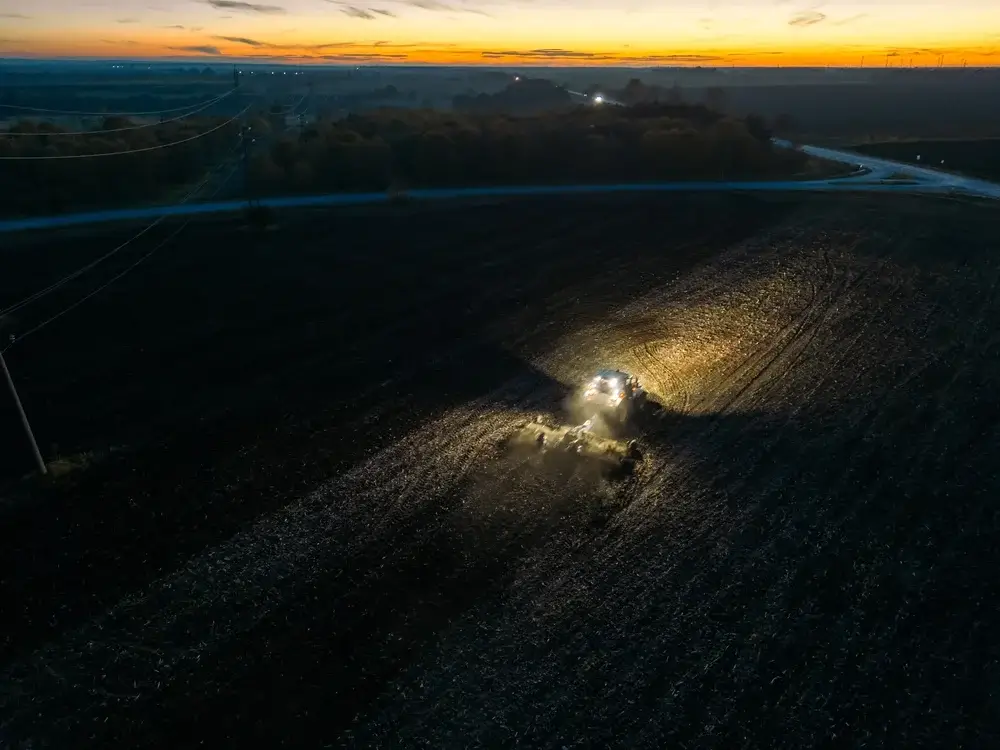

Working in a single day is a tactic Rabari has heard of various agricultural workers attempting. Nevertheless the idea of tending to the herd at midnight isn’t one factor she sees as safe or accessible for each her family or completely different pastoralists in her group. It’s a lot much less setting pleasant and additional dangerous to work open air with animals at midnight, and it might require them to overhaul day by day lives and traditions.
“We’re not working at night,” said Rabari. Nevertheless what the family is already doing is waking up at 5 a.m. to beat the heat, accumulating milk from their buffalo and getting ready merchandise to advertise on the market in the midst of the dusky hours of the morning.
Rabari’s family and completely different pastoralists all through Gujarat are increasingly more in an untenable place. Hotter temperatures have already caused pastureland to wither, which means animals are grazing a lot much less and producing a lot much less milk. Additional unsafe working hours means misplaced work time on excessive of that, which, in flip, modifications how quite a bit income pastoralist households are ready to take home.
The end result has been not adaptation, nonetheless an exodus. Most pastoralists Rabari is conscious of, considerably youthful generations, are leaving the commerce, in quest of employment instead as drivers or cleaners in Ahmedabad. Rabari, who organizes for women pastoralists by the Maldhari Mahila Sangathan, or the Pastoral Women Alliance, says women are most incessantly these left behind to are more likely to the herds.
They “have to cope with their children, they should cope with the meals, they often have to cope with the water,” she said. “They face the heat, they face the floods, or the excess rain.”
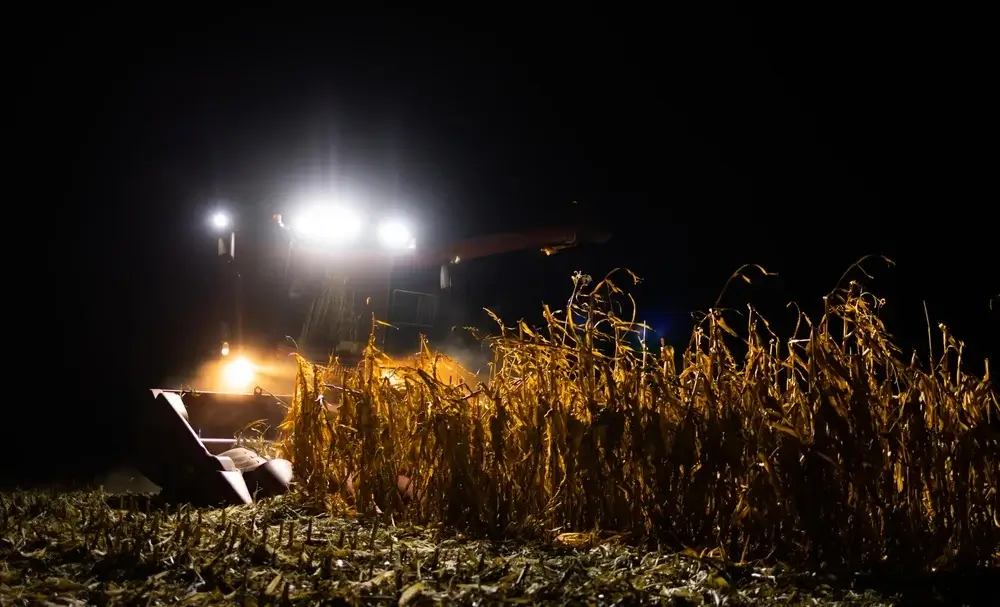

Halfway the world over, April Hemmes goes by means of off in the direction of unrelenting bouts of heat amid verdant fields of soybeans and corn in Hampton, north-central Iowa. A fourth-generation small Midwestern farmer, Hemmes works better than 900 acres absolutely on her private — 12 months in and 12 months out.
The Midwest is crucial agricultural house in america, along with certainly one of many foremost agricultural producers on this planet. It’s moreover an house that has been battered by human-caused native climate change. In fact, scientists solely within the close to previous declared an end to the drought that had devastated the world for a whopping 203 weeks. The circumstances impacted crop yields, livestock, the transportation of merchandise, and the larger present chain.
Hemmes has the luxury of not having to face the equivalent diploma of heat stress that Rabari and Pinto da Costa are confronting elsewhere on this planet, per the Boulder analysis. When as compared with India and Brazil, the U.S. is on the underside end of the worker nicely being impression scale for extreme heat. And however, heat may be already the deadliest extreme local weather event inside the U.S., answerable for further deaths yearly than hurricanes, floods, and tornadoes combined.
Numerous years once more, whereas setting up a fence on her farmland, Hemmes suffered her first bout of on-the-job heat exhaustion. The entire sudden, her coronary coronary heart started to race and her physique felt as if it began to boil from inside, forcing her to abandon her course of and head indoors, away from the menacing heat. It was a wake-up title: Ever since, she’s been hyper-cautious with how she feels when tending to her fields.
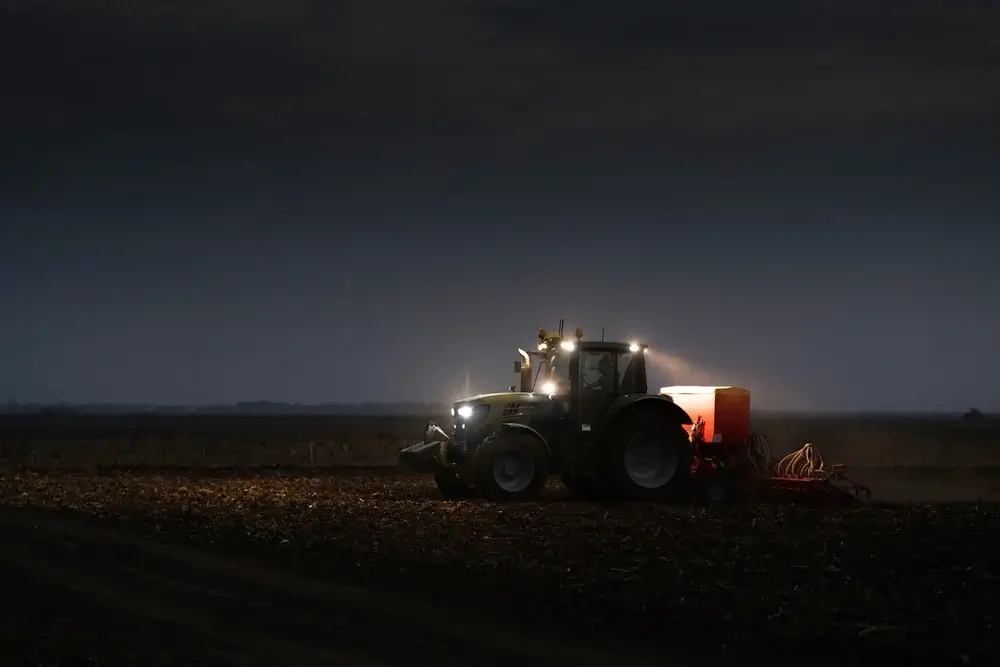
This earlier summer time season, the heat index repeatedly soared earlier 100 ranges in Hemmes’ nook of Iowa. She found herself needing to be additional cautious, not solely pacing herself whereas working and taking further frequent breaks, however moreover guaranteeing to get nearly all of the day’s work completed inside the morning. She even began starting her day inside the fields an hour or so earlier to steer clear of searing temperatures compounding with brutal humidity all by means of the afternoon.
“This [farm] has been in my family for over 125 years,” she said. “I do all of the items from banking to planting to spraying, all of the items. So it’s all on me, and it’s my family farm. I’m very proud of that.” In 1993, her dad and grandfather every retired, and he or she took over operations. She’s been roughly “a one-woman current” since. Sustaining her farm well-managed is a accountability she doesn’t take evenly. “You do what’s biggest for the soil. On account of that’s the inheritance of future generations,” she said.
When Hemmes seems to be like at put collectively for a future with hotter working circumstances, she is conscious of 1 issue: Nighttime work is out of the question.
Not solely are summertime mosquitoes in Iowa “horrible after darkish,” nonetheless Hemmes says quite a few the chemical substances she makes use of are regulated, limiting her from spraying them in the midst of the nighttime. In addition to, she would want to get lights put in all by means of the fields to alleviate the hazard of harm when she makes use of instruments, and he or she could possibly be way more fearful of that instruments breaking down.
“It might take further vitality to work at night,” said Hemmes. “I consider it could possibly be way more dangerous … to work after the daylight was gone.”
Like Pinto da Costa and Rabari, Hemmes is worried in advocacy for her group. With the United Soybean Board, Hemmes advocates for women in agriculture. With further property at her disposal than Pinto da Costa and Rabari, Hemmes is focused on how to ensure solo-farming operations like hers have entry to the experience they need to overcome heat spells — and on no account need to considerably have in mind an in a single day harvest schedule.
On her private farm, she’s invested in “expensive” autonomous agriculture experience that permits her to take breaks when she should from the blistering photo voltaic. And she or he need to see further precision experience and autonomous agriculture devices readily utilized and accessible for farmers. She presently makes use of a tractor with an computerized steering system that improves planting and plowing effectivity and requires quite a bit a lot much less work, which she credit score as certainly one of many pivotal causes she’s ready to effectively deal with her tons of of acres of fields on her private.
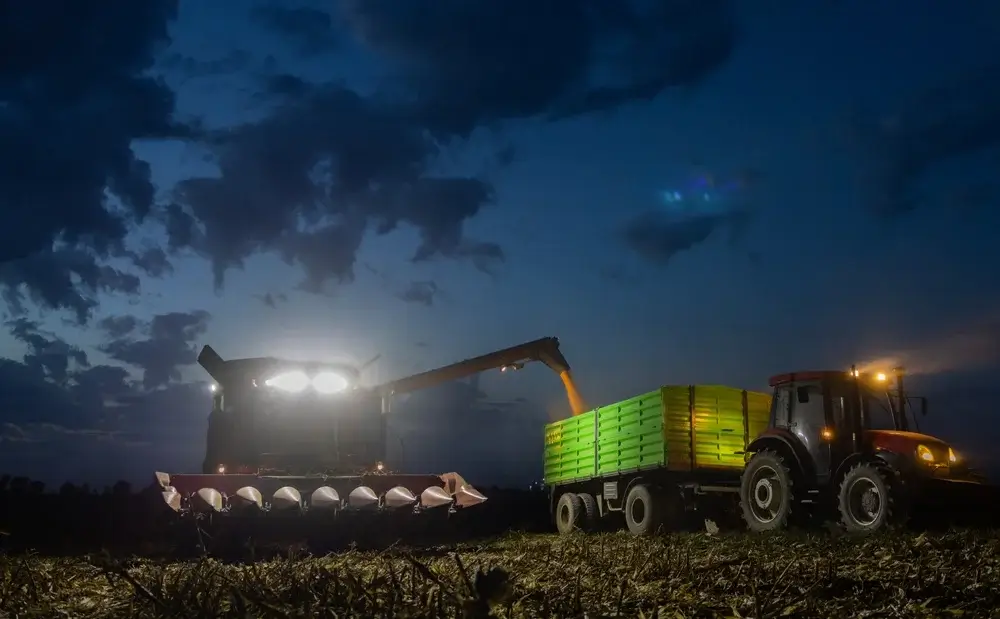

She moreover hopes to see farmers tapping into their inherent flexibility. “What farmers are is adaptable,” she said. “I don’t have an orchard on my farm, however once I did, and I seen this issue [climate change] coming, you already know, maybe you take a look at tearing the bushes out and starting to plant what I can in these fields. Maybe the Corn Belt will switch as a lot as North Dakota. Who’s conscious of, if this retains progressing?”
In Gujarat, Rabari and the Maldhari Mahila Sangathan are working to protected increased illustration for pastoralists in policymakers’ picks about land use. The hope is for these communities to inform insurance coverage insurance policies that can allow pastoralists job security and financial safety nets as climbing temperatures make it powerful to work and change a income.
Women pastoralists notably are absolutely not famous of these protection areas, said Rabari, which isn’t merely an issue of exclusion nonetheless means their distinctive ecological knowledge is misplaced, too. “We have a regular knowledge of which grass is good for our animals, which grass they need to eat so we get in all probability probably the most meals, how [they] may be utilized for medical remedy,” she said.
READ MORE
Farmworkers cannot await OSHA to protect them. The Truthful Meals Program is one reply.
Pinto da Costa and the Movimento de Pescadores e Pescadoras Artesanais do Brasil are moreover advocating for monetary support from the Brazilian authorities to offset the losses her fisherfolk group has confronted from native climate change and shifting work hours. In addition to, she is looking out for technical help to boost fisherfolk’s property and instruments.
“I’ve maintained my vitality and motivation to proceed to battle for our rights,” said Pinto da Costa.
For all, it’s a race in the direction of time. Lastly, even working at night won’t be ample to keep up outside agricultural work viable. The Boulder researchers found that an in a single day working schedule will not significantly alleviate dangerous heat stress publicity hazard in key agricultural areas of the world — considerably all through India. In any case, heat waves don’t solely happen in the midst of the day, however moreover occur at night, with in a single day minimal temperatures rising way more rapidly than daytime highs.
Zachary Zobel, a scientist on the Woodwell Native climate Evaluation Center who has individually researched the impression of in a single day work variations on worldwide agricultural productiveness ranges, said the Boulder crew’s analysis has a “novel” consequence, and contours up with what his crew has found.
“Warming earlier 2 ranges C, which we’ll experience over the next 30 years, would suggest that even in a single day shifts wouldn’t get higher productiveness,” said Zobel.
“How do you treatment a problem like that?” Mehrabi said. “The very fact is that the workers most in peril are the parents contributing least to the native climate change disadvantage. That’s to not say that we’re in a position to’t have increased insurance coverage insurance policies spherical hydration, shading, nicely being. However it absolutely’s merely kind of attempting to position a BandAid on a problem. It doesn’t actually maintain the problem at its root set off, which comes all the best way right down to this trajectory of fossil fuel consumption and emissions.”
This textual content initially appeared in Grist.
Grist is a nonprofit, unbiased media group dedicated to telling tales of native climate choices and a merely future. Research further at Grist.org
